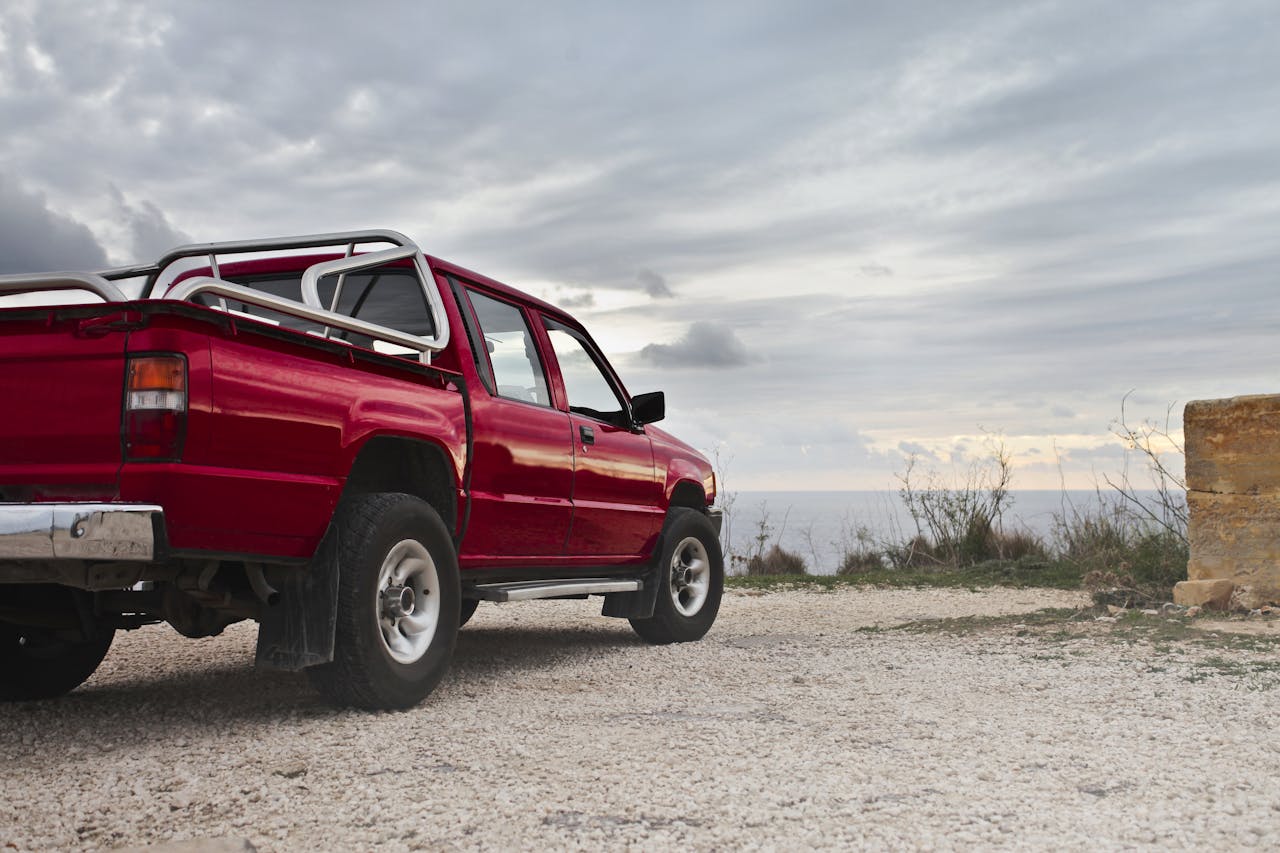Trucks are very important in everyday life, especially in transporting goods and farming activities. However, when loaded, their size and weight pose significant challenges on the road. Though less frequent, truck-related accidents are severe due to the size of vehicles involved.
This has forced auto manufacturers to embrace various advanced technologies designed to improve safety. Unlike before, modern trucks come with various impressive innovations. This has improved their functionality and safety in notable ways. These innovations include:
Contents
1. Advanced Driver Assistance Systems
ADAS is a significant leap in vehicle safety technology. They offer features that enhance the situational awareness of the driver. These features are designed to reduce human error on the road. That said, ADAS consists of several technologies working together to improve road safety. They include:
- Cruise control: It is a common feature in most modern vehicles designed to adjust the truck’s speed automatically. This automatically helps maintain a safe distance between the truck’s speed. This helps maintain a safe distance between the truck and the vehicles ahead. This feature is invaluable during long hauls or when navigating congested traffic. Unlike traditional systems, modern ACCs can respond to traffic conditions.
- Blind spot monitoring: Heavy-duty trucks have large blind spots that make switching lanes dangerous. However, the introduction of bling spots alerts truck drivers about the vehicles in these spots.
- Collision warning and automatic braking: These systems work together to prevent collisions. The warning system alerts the driver of obstacles ahead, while the other system automatically engages the brakes if the driver fails to act in time. This is especially important for heavily loaded trucks that usually require longer stopping distances.
Implementing ADAS brought along several safety benefits. They minimize human error, which mitigates accidents and the severity of crashes. Unfortunately, despite these teuchnologies, accidents involving trucks still occur. This is primarily due to factors like road conditions, which are beyond the driver’s control. In these cases, trucking companies should seek legal assistance. A truck accident lawyer in Alabama or your local lawyer helps handle the complexities of truck accident claims.
2. Fatigue Monitoring Systems
Driver fatigue is also a leading cause of accidents. This especially affects long-distance truck drivers, who are at greater risk of drowsy driving due to their size and weight. Fortunately, the introduction of these monitoring systems can help address this common issue. The system uses a combination of AI and cameras to monitor the driver’s behavior and physiological signs. They track indicators of fatigue like:
- Eye movement: Cameras installed inside the cabin can detect the driver’s eye movements, especially the blink rate or long eye closure duration.
- Facial expressions: These systems use facial recognition technology to detect micro-expressions associated with tiredness. This mostly includes yawning or drooping eyelids.
- Steering behavior: Erratic steering corrections or failure to maintain a consistent lane are indicators of fatigue. The system can analyze the driving pattern to determine whether the driver is still in full vehicle control.
- Biometric data: Some systems use wearables that measure drivers’ biometrics, like heart rate, to determine fatigue levels.
The system alerts the driver by audible or visual warnings or seat vibrations if it detects any signs of fatigue. The truck may also recommend automatically stopping or slowing down the vehicle, encouraging the driver to take a break.

3. 360-Degree Cameras
Most drivers, including experienced ones, have challenges navigating tight spaces and busy streets because of their vehicles’ large size. The introduction of these cameras helps drivers solve this challenge effortlessly. They offer a complete view of the vehicle’s surroundings. The cameras are placed around the vehicle to capture video feeds from all sides.
Drivers can view the video from their dashboard or specially fitted cameras. This gives them a clear view of their vehicle’s position at all times. As such, the number one benefit of having these cameras is that they eliminate blind spots. Most drivers don’t get clear views of their rear and sides, making it difficult for them to see pedestrians and smaller vehicles. However, this bird’s-eye view ensures the driver clearly visualizes the truck’s surroundings.
360-degree cameras also improve the truck’s maneuverability. Navigating tight spaces like loading docks and urban streets is often challenging for these trucks. The camera helps drivers maneuver by providing precise visual guidance. This makes it easier for drivers to park, reverse, and make sharp turns without hitting vehicles or objects nearby.
Most 360-degree cameras also have additional safety features like proximity sensors and collision warnings. These sensors can detect obstacles that cameras can miss and alert drivers through auditory and visual signs. Advanced systems also prompt the truck to brake if the objects are too close.
Endnote
Safety innovations in modern trucks have made them safer for drivers and other road users. Advanced driver assistance systems and other technologies help reduce fatal truck accidents. Sensors and cameras that eliminate blind spots also make it easier for drivers to navigate tight spaces.



